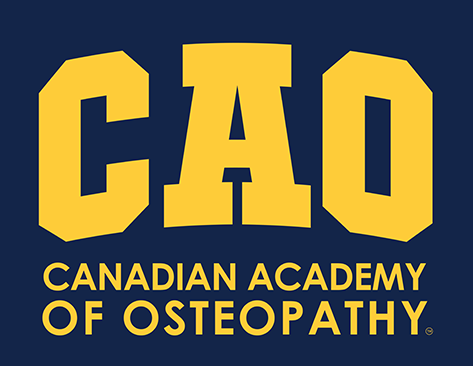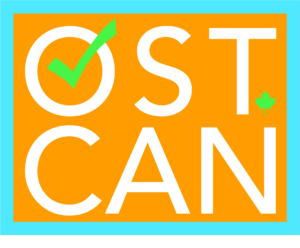Osteopathy is a manual form of therapy that helps to strengthen the framework of the body and support the health of joints and muscles. By treating the layers of bodily structure on a personalized level, osteopathy can be very beneficial to many people with a variety of physical strains.
Osteopathic patients include young people, older people, manual workers, office professionals, pregnant women and athletes. As an osteopathic manual practitioner, you may be assisting these patients in overcoming pain from strain, recurring conditions, headaches, and more. Here’s a closer look at some of the physical problems that you may be treating as an osteopathic manual practitioner.
Physical Strain
Sports are some of the leading causes of strain on the body. Activities like running can cause stress on the joints and muscles, particularly those in the hips and knees. Likewise, weight lifting can lead to muscular strain in the back. Using non-invasive manual techniques, as an osteopathic manual practitioner you can help to support and strengthen the affected area.
At the Canadian Academy of Osteopathy, students explore hands-on practices in the classroom labs, with the chance to put those skills to work on real patients in our free public osteopathy clinic. Our students are given a solid understanding of the founding theory and principles of osteopathy, paired with an in-depth look at functional anatomy and physiology. By understanding the relationship between the structure and function of the human body, you can help your patients return to a normal level of activity and advise them on ways they can reduce the chance of repetitive discomfort.

Long-Term Discomfort and Healing
Many people who seek osteopathy treatment are dealing with consistent, long-term pain or recurring problems. This includes things like headaches, difficulty sleeping, prolonged stress, low energy levels, or bodily pain. When a patient experiences this kind of long-term discomfort, it can often affect the efficiency of the whole body and its ability to function on multiple levels.
As an osteopathic manual practitioner, you’ll look beyond the immediate symptoms and aim to restore the balance between the underlying systems of the body. This includes things like the nervous system, the lymphatic system and blood flow–which are vital to the body’s ability to heal and self-regulate.
Students at our osteopathy academy will dive into clinical anatomy and physiology, moving away from the traditional allopathic model and toward a fully integrated osteopathic model that examines the body as a whole dynamic body of function. This prepares you to treat complex problems on a deeper and more sustainable level.

Posture and Relaxation
The stresses of modern life can take a huge toll on the body. Many people spend hours sitting at a desk and computer or working manual labour jobs. All of these activities can result in poor posture and eventually lead to hip, neck or back pain. That’s why it’s become increasingly common for people to seek osteopathic treatment to manage the effects of their work or personal lives. As an osteopathic manual practitioner, you can help to realign the structures of the body and restore it to its natural state. With a strong understanding of osteopathic theory and principles, you’ll be ready to assess and treat the body on a personalized, individual level.
Are you interested in a career as an osteopathy professional?
Get started with training at the Canadian Academy of Osteopathy!



